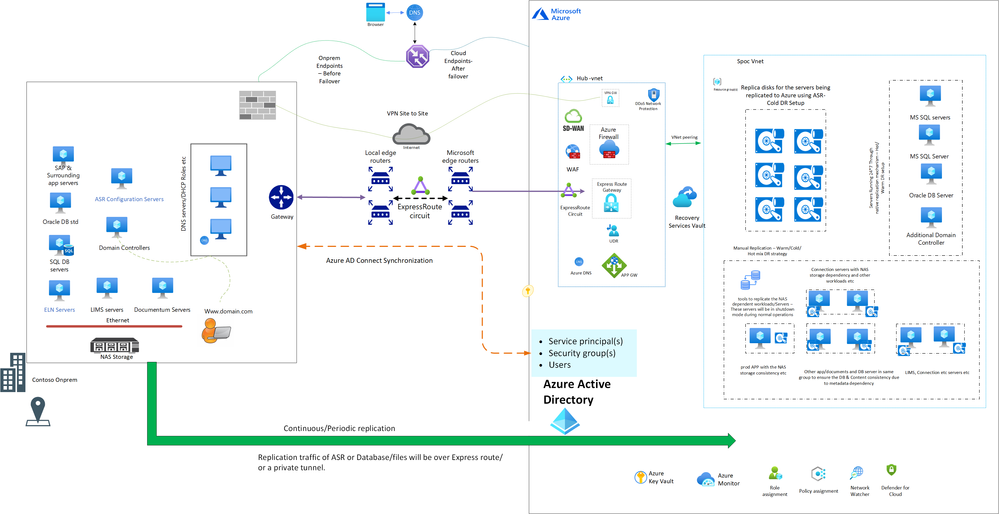- Home
- Disaster Recovery
- Harnessing the Power of ASR for Disaster Recovery Success 🌩️
Harnessing the Power of ASR for Disaster Recovery Success 🌩️
Safeguarding Business Continuity with Azure Disaster Recovery
In today’s digital landscape, where businesses rely heavily on technology infrastructure, the importance of disaster recovery cannot be overstated. Whether it’s a natural disaster, a cyberattack, or a hardware failure, any disruption to your IT systems can lead to significant downtime and financial losses. That’s where Azure Disaster Recovery comes into play, offering businesses a robust solution to keep their operations running smoothly even in the face of adversity.
Understanding Azure Disaster Recovery
Azure Disaster Recovery is a comprehensive service provided by Microsoft Azure, designed to ensure business continuity by enabling the replication and recovery of virtual machines and applications in the event of a disaster. It offers a range of features and capabilities to help businesses mitigate the impact of disruptions and minimize downtime.
Different Types of Disaster Recovery (DR) 🌊
There are several types of Disaster Recovery (DR) strategies that organizations can use based on their specific needs:
🔒 Backup and Restore: This involves regularly backing up data to a secondary storage location and restoring it if there’s data loss or corruption. It’s used for less critical data and applications with longer recovery times.
❄️ Cold DR: Cold Disaster Recovery involves keeping primary site data and infrastructure configurations in a dormant state until needed for recovery. It relies on manual intervention to activate resources, leading to longer recovery times. It’s cost-effective and suitable for less critical workloads.
🔥 Warm DR: Warm Disaster Recovery is an intermediate approach where standby resources are partially active, ready to be quickly activated when needed. It strikes a balance between cost-effectiveness and recovery speed, suitable for workloads needing faster recovery.
💥 Hot DR: Hot Disaster Recovery is the highest level of readiness. Standby resources are fully active and synchronized with primary systems, ready to take over instantly in a disaster. It offers the fastest recovery times but comes at a higher cost, ideal for mission-critical workloads.
Why you need to choose ASR as your DR Solution
-
Cost Savings: ASR saves costs by eliminating the need for maintaining an idle DR infrastructure, reducing expenses on secondary data centers.
-
Flexible Cost Model: No long-term contracts with ASR; you pay based on usage, ensuring you only pay for what you use.
-
Accessibility and Ease of Use: ASR is easily accessible via the Azure portal, simplifying replication, recovery, and failover testing without disrupting operations.
-
Compliance with Regulations: ASR enables compliance with industry regulations like ISO 27001 by facilitating Site Recovery between Azure regions, ensuring data stays within regulatory boundaries.
-
Efficient DR Drills: ASR allows for easy and efficient DR drills, known as Test Failover, enabling validation of DR replication and workload functionality without affecting production environments.

In today’s unpredictable business environment, having a robust disaster recovery strategy is essential for ensuring business continuity and mitigating risks. Azure Site Recovery offers businesses the tools and capabilities needed to replicate, recover, and maintain critical workloads in the event of a disaster. By leveraging Azure’s scalable infrastructure and automation capabilities, organizations can minimize downtime, protect their data, and maintain the resilience needed to thrive in an increasingly digital world.
📚 Read More
Azure Business Continuity Center

